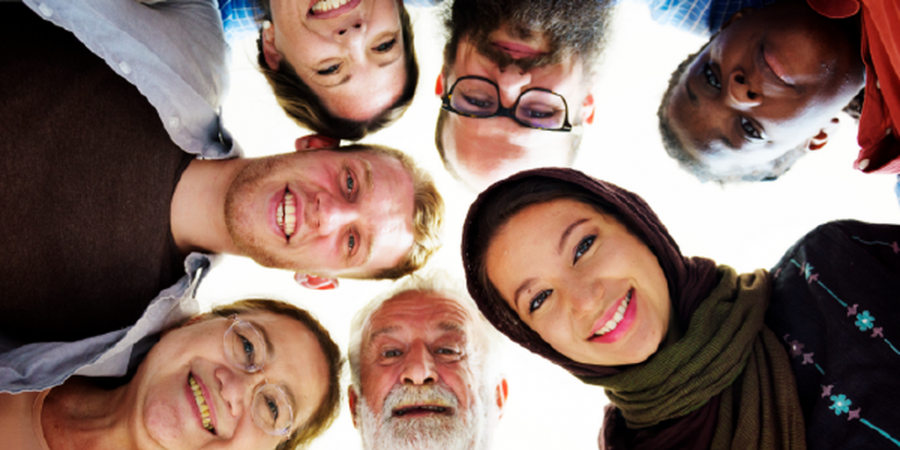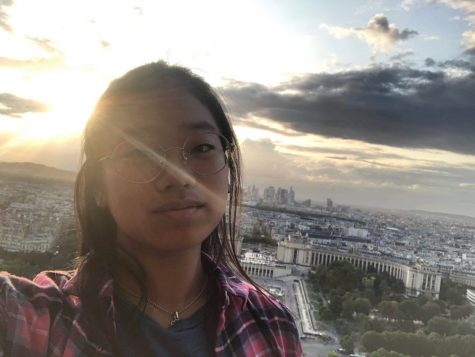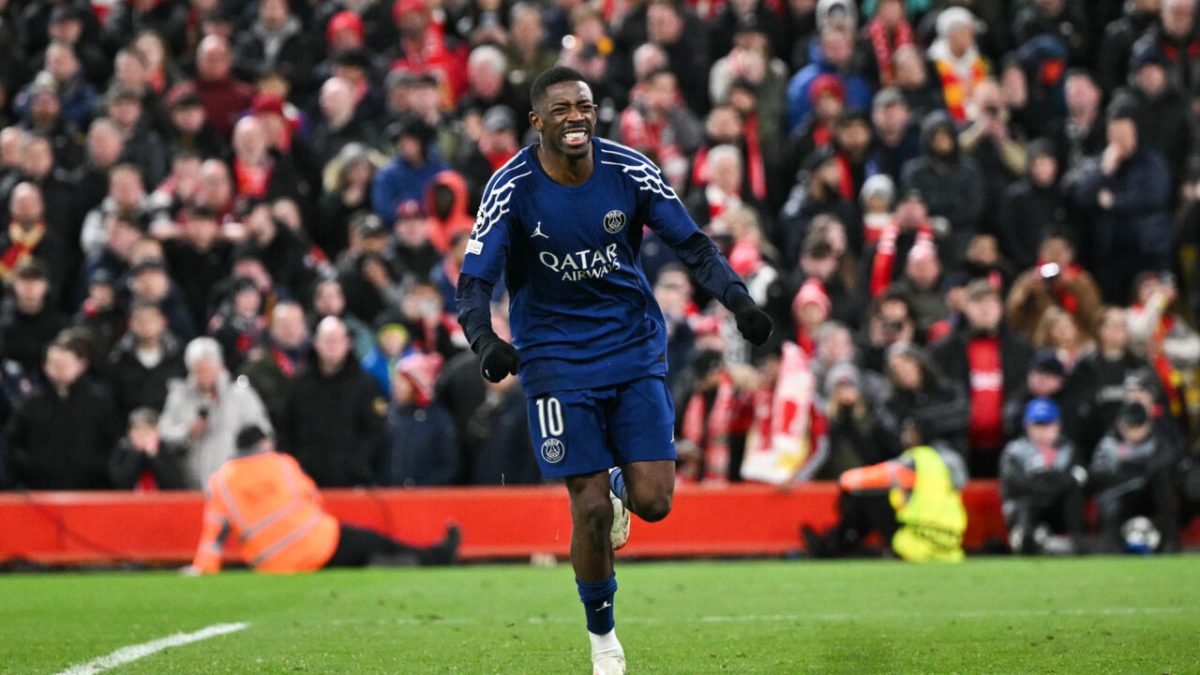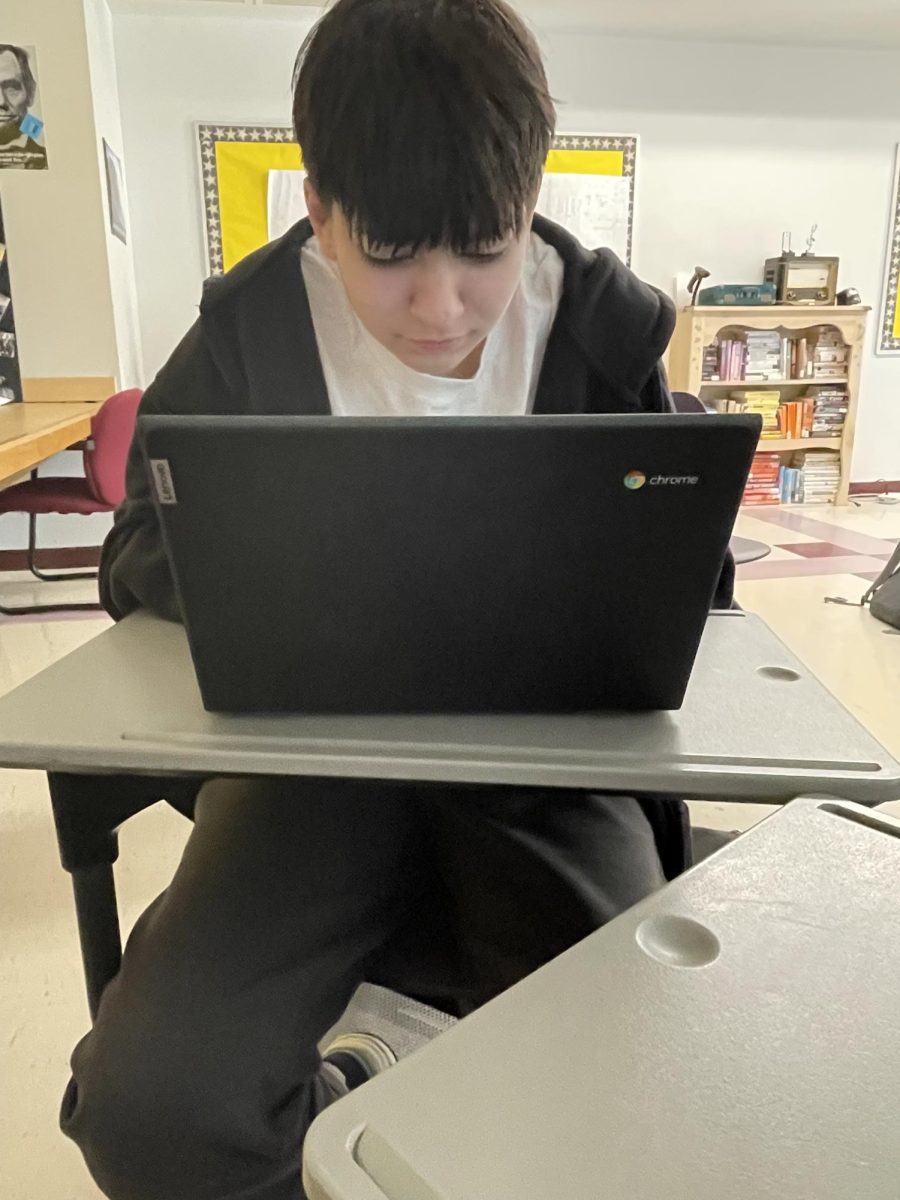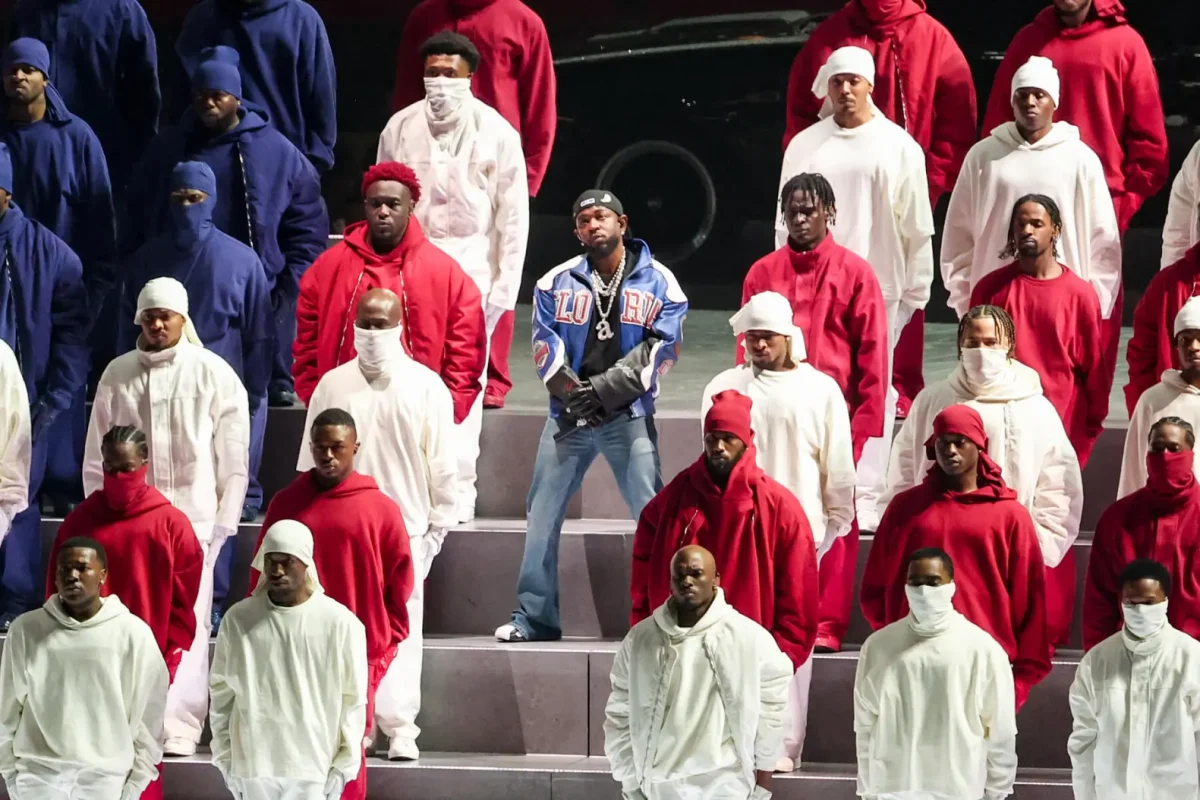5 Cultures the UN Helped Preserve, Defend, and Promote
May 24, 2021
Previous UN Secretary-General Ban Ki-Moon once said in 2016, “Cultural diversity, like biodiversity, plays a quantifiable and crucial part in the health of the human species. An attack on cultural heritage in one part of the world is an attack on us all.”
Ki-Moon’s words could not have been any truer. Cultural diversity is an important aspect of human rights, for different cultural backgrounds forms communities and identities. Getting rid of someone’s identity strips one of his or her inalienable human rights, which is why it’s important to protect cultural diversity.
But first off, what is cultural diversity? Cultural diversity is the state of having a diverse mixture of various cultures instead of a globally homogenous society. Individuals must understand and tolerate the differences across various cultures, empower diverse groups, and even celebrate them. After all, a culturally rich globe cannot exist if people are prejudiced and refuse to tolerate diversity.
Cultural diversity can be achieved by the active protection, preservation, and celebration of various cultures. This includes restoring and defending cultural heritage sites, artifacts, documents, and cultural expression. That is where the UN plays an important role.
During international conflicts and internal conflicts around the world, extremists have attempted to destroy various peoples and their cultures. Sometimes, wars can also lead to the destruction of culturally rich cities– a byproduct of conflicts that may not be specifically focused on ethnic cleansing. Natural disasters have also proven to threaten cultural diversity by ruining cultural heritage sites and artifacts. In response to these challenges, the UN has taken it into its hands to make sure that cultural diversity is protected and preserved in various places, and here are some examples of its efforts:
Mali, located in West Africa, is home to rich cultural heritage and architecture. Civilizations in Mali were part of trans-Saharan trade networks, where goods like ivory, gold, and salt were exchanged for products from the Mediterranean and the Middle East. In Mali rose great cities of commerce like Timbuktu and Gao, which had beautiful architecture and mosques.
However, Mali faced some challenges in 2012. During that year, separatists that were either Tuareg or Islamic went and destroyed historic buildings and mosques at Timbuktu, Gao, and Kidal. Fifteen of Timbuktu’s mausoleums were destroyed, and “about 4,200 manuscripts from the Ahmed Baba research [center] were burned, and that another 300,000 in the Timbuktu region are vulnerable to illicit trafficking.”
UNESCO joined forces with the International Criminal Court (ICC) to strengthen legal measures against the destruction of cultural heritage.
Irina Bokova, the Director-General of UNESCO at that time said, “The destruction of culture is one element of a global strategy of hatred, and the fight against impunity and respect for the rule of law must be part and parcel in a broader vision for peace.” After hearing of the deliberate attacks on the people and culture of Mali, the UN called for the ICC to take action on this issue.
The ICC ruled that under the Rome Statute, destruction of cultural heritage was a war crime. The sites that were destroyed were under UNESCO’s World Heritage List. The ICC’s ruling was successful and set a precedent for similar cases in the future.
The City of Mosul is home to mosques, shrines, and burial sites from as early as the 12th century. It does not only have Islamic architecture, however. Some many churches and monasteries show the presence of Christianity in the city. The city is home to various cultures and communities, including Assyrians, Armenians, Turkmens, Kurds, Yezidis, Shabaks, Sabean Mandaeans, and many more. As a place of cultural diversity, the city identifies diversity as a part of its own spirit.
Unfortunately, due to its strategic location in the Middle East, the city has become a target. The Islamic State captured the city and declared that it was its capital in 2014, and the city faced three long years of extremist occupation. Many devastating and ruinous battles occurred during that time, and many of Mosul’s heritage sites and monuments were destroyed.
UNESCO worked to revive the culture by fundraising programs that rebuilt cultural architecture, cultural institutions (museums, libraries, etc.), and establishing universities. UNESCO has played a large role in rebuilding heritage and religious sites throughout the city.
Kathmandu Valley, Nepal (2015)
In 2015, a devastating earthquake hit Kathmandu Valley in Nepal and destroyed many cultural heritage sites. Kathmandu Valley was known for its skilled craftsmanship in stone, timber, bronze, and brick. It also had very rich cultural traditions and customs that were a part of the historic sites that were located there.
The Director-General Bokova mobilized UNESCO immediately after hearing the news and sent missions to collaborate with the Nepali Government to take action. UNESCO has worked with the Hainan Province Cihang Foundation to establish databases about Nepal’s cultural heritage and enhance educational institutions.
“In all this, we do not seek only to rebuild heritage,” claimed Bokova. “We aim to ensure the continuity of cultural practices, the transmission of local knowledge, the continuity of the identity of communities.”
Kalash Valley is home to the Kalash people, who claim to be the descendants of the soldiers of Alexander the Great. The Kalash people are indigenous peoples with a language that has strong Indo-Aryan roots and a religion that shares similarities with ancient Hinduism. Despite living around mostly Muslims, these people have clung to their unique traditions, language, and religion. They have rejected outer influences, and have faced militant attacks as a result. There are only about 3,000 of them left, which brought fears that the culture of these people would disappear.
In 2018, UNESCO has placed this region on the list of “intangible cultural heritage in need of urgent safeguarding.” One of the cultural practices UNESCO has aimed to preserve was the oral traditions of the Kalash people.
Suri Jagek is a traditional knowledge system that is based on observing the stars, the sun, the moon, and the shadows. It is used to help with timing when to sow seeds, predict natural disasters, and forms the Kalash calendar.
The UN continues to work to keep these cultural traditions alive by collaborating with these communities and the Pakistani government.
In 2015, cultural heritage in Syria was destroyed, including parts of a Roman theatre in Palmyra by the Islamic State in Iraq and the Levant (ISIL/Da’esh). In response to such, the UN Security Council declared that the extremist group should be defeated for their destructive acts of violence, intolerance, and hatred.
According to the UN, the extremist groups “have generated income . . . looting and smuggling of cultural heritage items from archaeological sites, museums, libraries, archives, and other sites in Syria, which is being used to support their recruitment efforts and . . . terrorist attacks.” UNESCO has called the world to unite against cultural cleansing and director-general Bokova declared that these acts were a war crime.
Of the destroyed heritage sites was the tetrapylon, an important monument that “was an architectural symbol of the spirit of the encounter and openness of Palmyra.” Bokova claimed that it was for this reason that the monument was destroyed– because it was a cultural “source of pride and dignity for all Syrians today,” the extremist groups have sought to attack it.
UNESCO sent a team to investigate the damage in Palmyra. It later sent more experts to examine further the destruction of these heritage sites and how they might go about conserving it. There was also an international meeting of experts for this issue on June 2 and 4 in Berlin, Germany.
Conclusion
Cultural diversity is always at risk, especially when there are internal and international conflicts present. There are always extremist groups that attack certain cultures to ethnically cleanse them, and there are efforts to demoralize people by getting rid of the sites that bring them pride. However, attacks on cultural diversity risk both the targeted cultures and the world as a whole.
Cultural diversity is recognized as a part of the SDGs, the sustainable development goals of the UN. It is recognized as a crucial part of human rights, economic development, and sustainability for the future. It is a crucial player in our world, and as individuals, we should work to do whatever we can to create a more diverse and inclusive society bit by bit.
John Terry, the Wayne Hills Model United Nations club advisor, believes that cultural diversity is extremely important.
“If you live in one place as there’s one religion, that’s kind of not great, but if there’s a place of dozens of different religions and makes us better people and a stronger society. The same thing goes for different cultures,” says Terry. “One of the most important things to be aware of is that if we want to strengthen human rights, we have to be active participants and actively participate in a diverse culture. We are responsible as citizens to make sure we create space for people that their cultures could be acknowledged, recognized, and celebrated– especially marginalized groups.”

